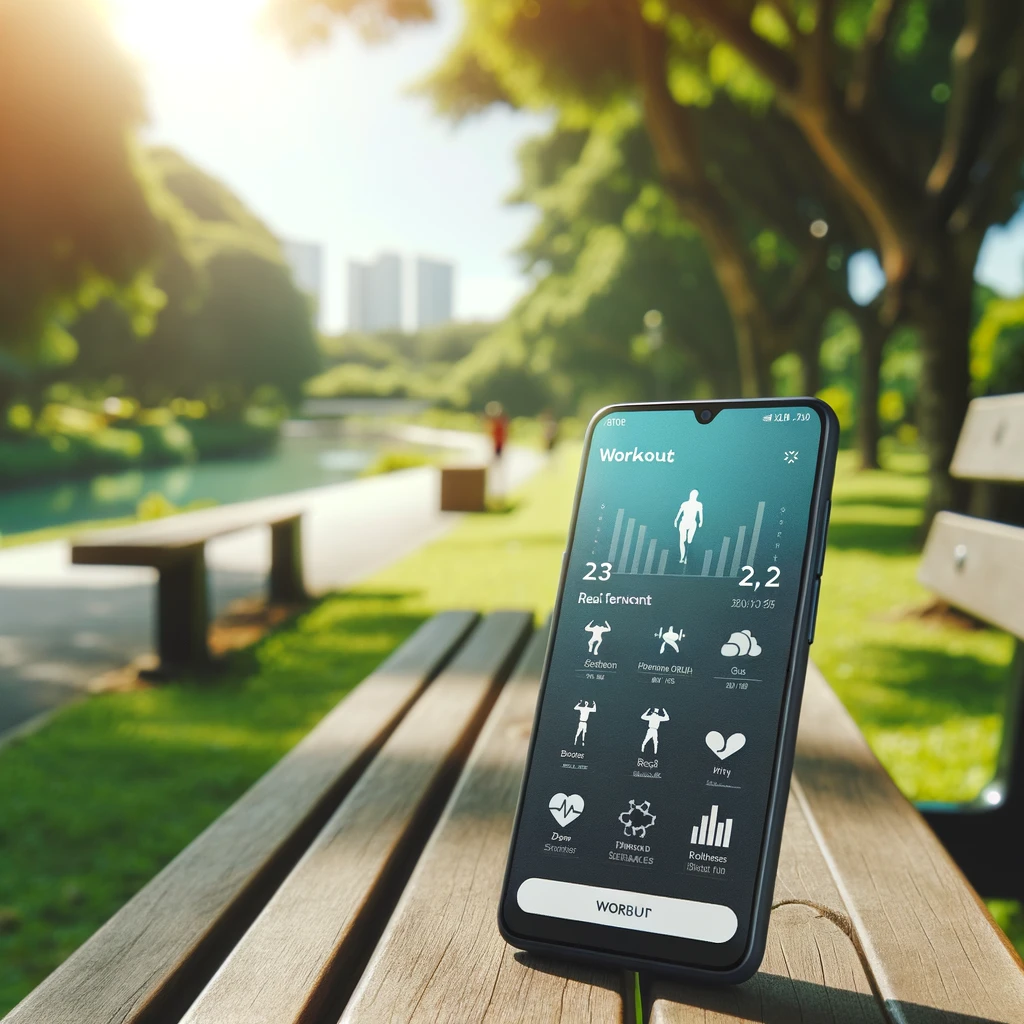Embarking on a fitness journey can be both exciting and daunting. Whether you’re diving into running, cycling, or strength training, the wealth of available information can feel overwhelming. Usually you do not know where to start, you search the internet and find guides for beginners that you can follow. But lately, things have changed since AI-powered training programs are popping up everywhere, promising personalized plans and optimized workouts. While these tools can be valuable resources, it’s crucial for beginners like us to approach them with a healthy dose of caution.
The Rise of AI Training Tools in Fitness
AI tools have revolutionized the fitness landscape. From personalized workout plans to real-time feedback, these tools offer tailored advice that was once the exclusive domain of personal trainers. For beginners, AI can simplify complex training concepts and provide a structured approach to achieving fitness goals. Usually, they come in the form of an app on your phone, a fitness tracker, or a smartwatch.
Benefits of AI Tools in Training Programs
- Personalization: AI tools analyze your data – such as age, weight, fitness level, and goals – to create customized training plans. This personalization can help you progress at a safe and effective pace. Some of them may adjust the training program according to your last training session, the duration of your sleep and your recovery heart rate.
- Convenience: Access workout plans, track progress, and receive feedback anytime, anywhere. This flexibility makes it easier to integrate fitness into your daily routine.
- Motivation: Many AI tools include gamified elements like challenges and rewards, helping to keep you motivated and engaged in your fitness journey. They become your motivational friend in your journey rooting for your no matter what.
- Knowledge and Insights: AI can provide insights into your performance metrics, helping you understand your strengths and areas for improvement.

The Importance of a Cautious Approach:
While AI tools offer numerous benefits, it’s important to approach them with a balanced perspective. Recently, I came across a reddit thread where ChatGPT proposed a marathon training plan that was extreme for a non-professional athlete even though it was obvious that the target time the user wanted was not that of an elite athlete. So beware that AI tools can be faulty. Here are some tips to ensure you’re using these tools wisely:
- Start Slow: As a beginner, your body needs time to adapt to new physical demands. Even if an AI tool suggests a specific intensity, listen to your body and start with manageable workouts to avoid injury.
- Cross-Reference Advice: Use AI tools as a supplementary resource. Cross-reference their advice with reputable sources like certified trainers, fitness books, or medical professionals.
- Monitor Your Body’s Responses: Pay close attention to how your body responds to different workouts. If you experience pain or excessive fatigue, it’s crucial to adjust your training plan, regardless of what the AI suggests.
- Regularly Update Your Data: Ensure the AI tool has the most accurate and up-to-date information about you. Changes in your fitness level, weight, or health status can significantly impact the advice it provides.
- Seek Human Guidance When Needed: If you’re ever in doubt or face specific challenges, consulting with a human trainer can provide clarity and personalized adjustments that AI might miss.
Listening to Your Body: The Ultimate Guide
Your body is your best guide on your fitness journey. While AI tools can offer valuable guidance, they cannot replace the innate understanding you develop of your own physical and mental limits. Here are some signs to pay attention to:
- Pain vs. Discomfort: Learn to differentiate between general workout discomfort (which is normal) and pain (which could indicate injury).
- Energy Levels: Monitor how your energy fluctuates with different workouts. Consistently feeling drained can be a sign of overtraining.
- Recovery: Proper recovery is essential. Ensure your training plan includes adequate rest and recovery periods.
Remember, AI is a tool, not a gospel. Here’s how to be a smart user:
- Consult a Doctor Before Starting: Especially if you have any pre-existing health conditions.
- Start Slow and Gradually Increase Intensity: Pushing too hard, too fast can lead to injuries. Let your body adapt and build strength progressively.
- Listen to Your Body: Pain is a signal, not a badge of honor. Rest when you need to, adjust exercises if they cause discomfort, and prioritize proper form.
- Don’t Be Afraid to Customize: The AI-generated plan is a starting point. You are in charge! If you dislike an exercise, swap it for one you enjoy.
- Consider a Human Coach: While AI offers convenience, a human coach can provide personalized guidance and address specific needs beyond the app’s capabilities.
The Takeaway:
AI training programs can be valuable resources for beginners, but they should be used with a dose of skepticism and a strong focus on logic and listening to your body. However, it’s crucial to use them as guides rather than gospel. By balancing AI advice with your own intuition and physical feedback, you can create a safe, effective, and enjoyable fitness journey. Remember, while AI can assist you, your body’s signals are the ultimate authority on what’s best for you.
